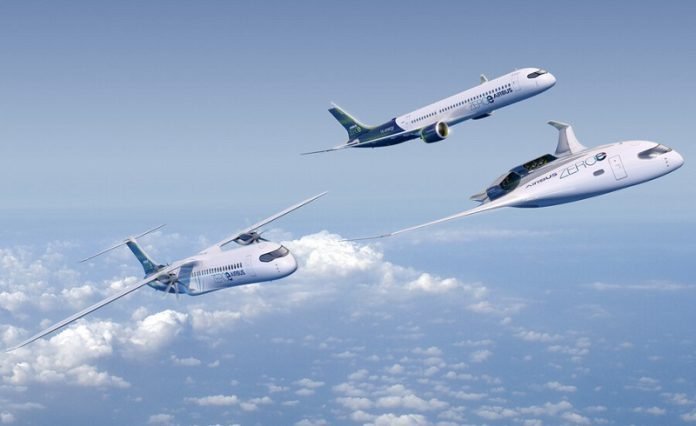
A team of engineers from MIT is making significant progress in creating a 1-megawatt electric motor that could play a crucial role in electrifying larger aircraft.
While small all-electric planes have been successful so far, larger commercial airliners require more powerful motors.
The MIT team has designed and tested the major components of the motor, demonstrating that it can generate one megawatt of power while remaining lightweight and compact.
This breakthrough could help reduce the carbon footprint of aviation and contribute to a greener future.
The aviation industry is responsible for a significant amount of carbon emissions, and finding sustainable solutions is crucial to combat climate change. MIT engineers are taking a step towards greener aviation by developing a powerful electric motor that could revolutionize aircraft propulsion.
Currently, small electric planes have been successfully developed, but larger aircraft, such as commercial airliners, require more powerful motors.
The MIT team aims to fill this gap by creating a 1-megawatt electric motor that can be used to electrify larger planes. This motor can be paired with different energy sources like batteries, fuel cells, or even traditional jet engines to create hybrid or turbo-electric propulsion systems.
The team’s innovative design has successfully tackled the challenges of weight and size, ensuring that the motor remains competitive with current small aero engines.
The motor and its components have been carefully designed and tested, and detailed computations have shown that they can work together to generate one megawatt of power.
To put things in perspective, the motor and power electronics designed by the MIT team are about the size of a checked suitcase, weighing less than an adult passenger. This compact and lightweight design is a significant achievement, considering the constraints imposed by aviation, where weight plays a critical role in fuel efficiency.
The motor’s main components include a high-speed rotor with an array of magnets, a low-loss stator with copper windings, an advanced heat exchanger for cooling, and a distributed power electronics system that precisely controls the currents running through the windings.
This integrated design, which combines thermal management, rotor dynamics, power electronics, and electrical machine architecture, is a groundbreaking achievement.
By co-optimizing these components, the MIT team has created an efficient and powerful motor. The distributed power electronics system ensures minimal transmission loss and effective air cooling through an integrated heat exchanger.
This design enables the motor to rotate quickly and generate torque at high frequency.
The team has taken a systematic approach to reducing risk by building and testing each major component individually.
They have demonstrated that these components can operate as intended, even under demanding conditions.
The next step for the team is to assemble the fully working electric motor and begin testing it in the fall.
The development of this electric motor marks a significant milestone in the electrification of aircraft. Once fully demonstrated, the motor’s design could be used to power regional aircraft or work in tandem with conventional jet engines to create hybrid-electric propulsion systems.
In the future, multiple one-megawatt motors could be distributed along the wings of aircraft, providing even more possibilities for efficient propulsion.
The implications of this breakthrough extend beyond the aviation industry. The technology and expertise developed by the MIT team can be scaled up to create multi-megawatt motors that could power larger passenger planes, bringing us closer to a sustainable and greener future.
The team of engineers at MIT has made remarkable progress in designing a powerful 1-megawatt electric motor for aircraft.
This breakthrough could contribute to significant reductions in carbon emissions from the aviation industry.
The compact, lightweight, and efficient design of the motor opens up possibilities for electrifying larger planes and developing hybrid-electric propulsion systems.
With continued advancements in electric motor technology, we are one step closer to a more sustainable future in aviation.



